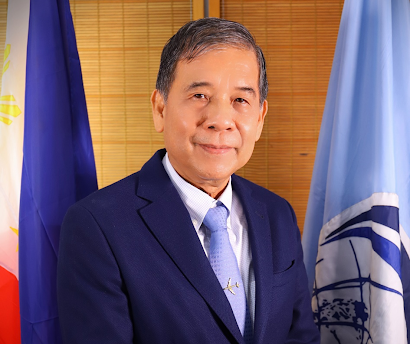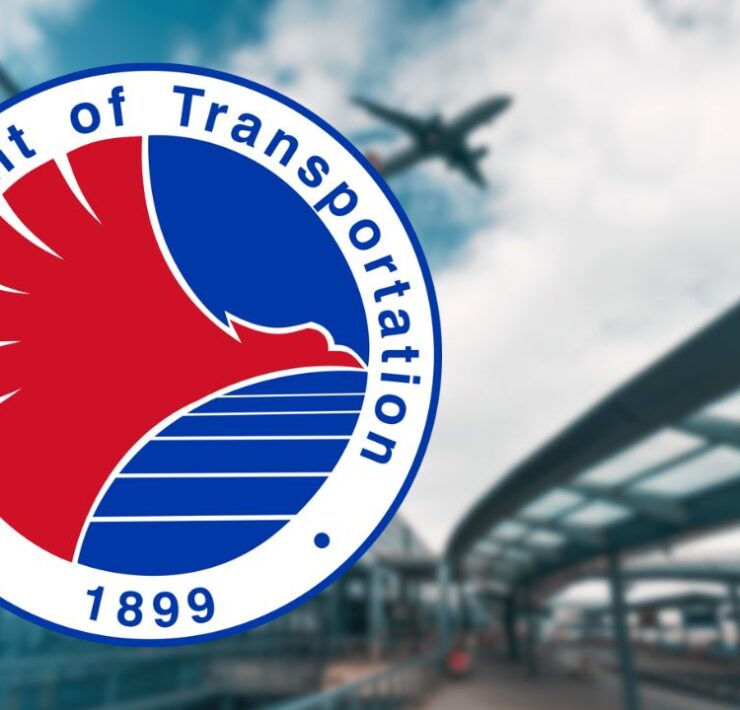US willing to help PH improve air traffic flow

The United States has expressed willingness to help the Philippines improve its air navigation system and traffic flow as travel continues to improve.
In a statement on Monday, the Civil Aviation Authority of the Philippines (CAAP) said it had inked a nonbinding air navigation and implementation cooperation work plan with the US Federal Aviation Administration (FAA).
“This work plan reflects our shared commitment to a safer, more efficient, and forward-thinking aviation industry,” said CAAP Director General Manuel Antonio Tamayo, who signed the agreement together with FAA Air Traffic Organization Chief Operating Officer Timothy Arel on the sidelines of the 35th Asia/Pacific Air Navigation Planning and Implementation Regional Group in Thailand.
CAAP said the agreement would zero in on the modernization of communication, navigation and surveillance (CNS) systems and the potential privatization of airports and air navigation and traffic services.
In September, CAAP completed the integration of its new CNS and air traffic management (ATM) system.
The upgrade came after a power outage hit the air navigation facilities of CAAP on Jan. 1 last year, which affected hundreds of flights and thousands of passengers.
The system that is being used to direct air traffic is composed of 13 radars strategically located across the country: at Ninoy Aquino International Airport (Naia) terminals 1 and 2 and in Clark, Tagaytay, Aparri, Laoag, Cebu-Mt. Majic, Quezon-Palawan, Zamboanga, Mactan, Bacolod, Kalibo and Davao.
CAAP’s P10.8-billion CNS/ATM system, funded by the Japan International Cooperation Agency, was completed in October 2017. It was inaugurated in 2018 and began operating on July 26, 2019.
Tech tycoon Dennis Uy’s Comclark Network and Technology Corp. submitted last month a P29.82-billion unsolicited proposal to upgrade and operate the country’s air navigation facilities. It is undergoing a regulatory review.
The project covers “upgrading equipment/facilities, implementing redundancy measures, and ensuring compliance with international standards,” according to the Public-Private Partnership Center of the Philippines.
The aviation sector has been seeing a sustained recovery since the pandemic.
The Ninoy Aquino International Airport—which is now being operated by the New Naia Infra Corp.—accommodated 219,385 flights in January to September, up 10 percent from 199,035 a year ago in the same period. Domestic flights rose by 8 percent to 133,418 while flights going abroad increased by 14 percent to 85,967.
Passenger volume at Naia during the same period climbed by 11 percent to over 37.3 million from 33.75 million. Most of the passengers, comprising more than 20 million, visited local destinations.





















